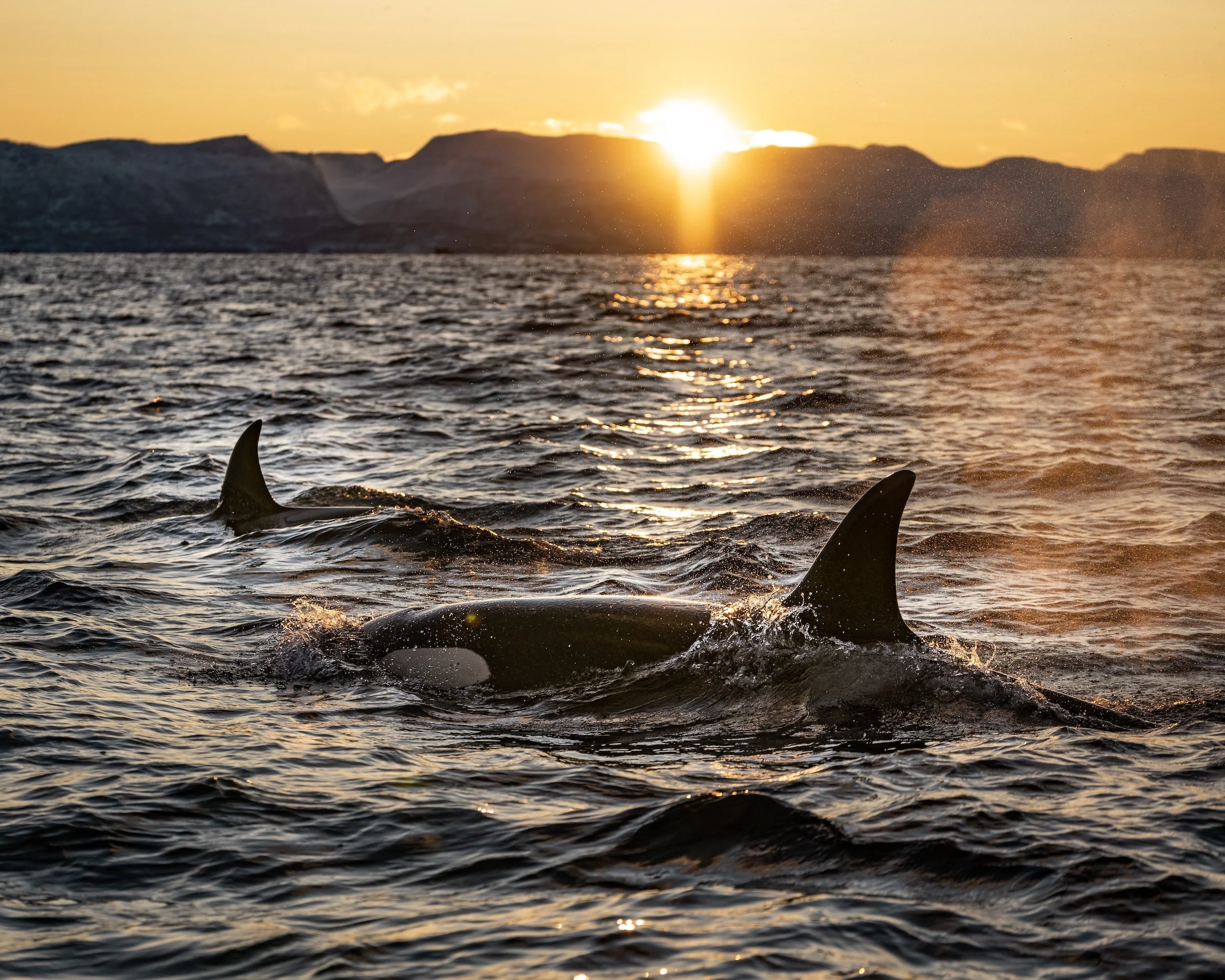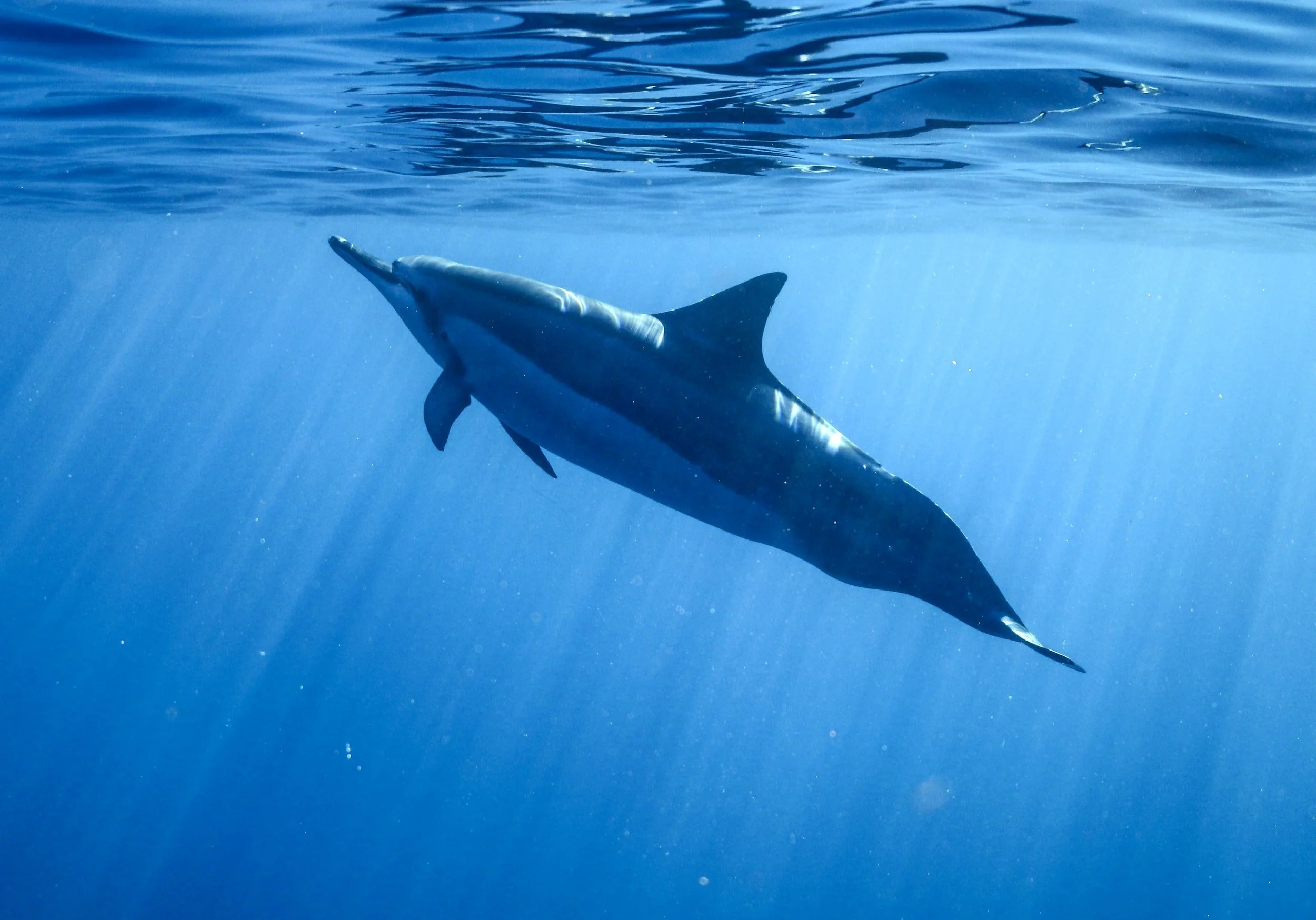Which Animals Eat Sharks? Discover What Animals Will Eat Sharks
Which Animals Eat Sharks?
Sharks are often depicted as the ultimate predators of the ocean, but even these fearsome creatures have their own set of natural enemies. In this comprehensive article, we explore the diverse range of predators that prey on sharks, delve into the unique aspects of each predator, and examine the role sharks play in maintaining the delicate balance of marine ecosystems.
The Apex Predators: Sharks in the Food Chain
As apex predators, sharks play a crucial role in maintaining the health of marine ecosystems. They help control populations of smaller marine animals and ensure the stability of the food web. Despite their dominant position in the food chain, sharks are not without their own threats. From powerful marine mammals like orcas and dolphins to opportunistic reptiles like crocodiles, a variety of predators can pose a danger to even the largest and most formidable shark species, such as the great white shark (Carcharodon carcharias), also known as the white pointer.
Predators of sharks: The Unexpected Challengers
The predators of sharks vary depending on the shark species, size, and habitat. Here, we discuss the primary natural predators of sharks: killer whales, crocodiles, sperm whales, and larger sharks like great white sharks, tiger sharks, and great hammerheads.
Killer Whales: Apex predators Attacking Sharks
Killer whales, or orcas, are one of the most skilled and powerful predators in the ocean. They are known as deadly carnivorous shark hunters, including preying on white sharks and juvenile sharks. Orcas use their intelligence and strategic hunting techniques to isolate and incapacitate sharks before consuming them.
The encounters between killer whales and great white sharks are fascinating examples of apex predator interactions. Although great whites are often considered the undisputed rulers of the oceans, killer whales have been observed targeting and overpowering them in various parts of the world. One of the most notable examples is off the coast of California, where orcas have been known to hunt great whites for their energy-rich livers. Killer whales employ a remarkable strategy when hunting great whites, often using their immense power and agility to ram the shark from below, causing internal injuries. This tactic, combined with the ability to flip the shark onto its back and induce tonic immobility, allows killer whales to successfully prey on great white sharks, demonstrating the incredible adaptability and prowess of these marine mammals in their natural environment.
Crocodiles: Stealthy Opportunists in Coastal Waters
Crocodiles are another unexpected predator of sharks. Although encounters between these two predators are rare, they can occur in regions where both inhabit the same coastal waters. Saltwater crocodiles have been known to attack and consume smaller shark species such as young bull sharks, who ironically seek shelter in shallow waters, utilizing their powerful jaws and stealthy hunting techniques to overpower their prey.
Larger Shark Species: Cannibalism and Competition
Intra-species predation is a common phenomenon among sharks. Larger sharks, such as the tiger shark and the great white shark, have been known to consume smaller or younger sharks, even of the same species. This cannibalistic behavior is driven by competition for food and territory, as well as the need for the larger sharks to maintain their position as apex predators within their respective ecosystems.
Sperm Whales: Deep-Diving Predators with a Taste for Sharks
Sperm whales, known for their deep-diving capabilities and massive size, are another predator of sharks. These highly intelligent marine mammals primarily consume large quantities of squid, but they are also known to feed on various shark species, particularly in regions where squid populations are low or seasonal. Sperm whales use their powerful jaws and sharp teeth to capture and consume sharks, targeting both smaller species and juvenile individuals of larger species. As opportunistic feeders, sperm whales play a unique role in controlling shark populations in certain marine environments, contributing to the complex balance of the ocean's food web.
Parasites and Disease: Silent Threats to Sharks
Aside from larger predators, sharks also face threats from parasites and diseases that can weaken and even kill them. While these threats may not directly consume sharks as prey, they can severely impact their health and survival rates.
Some common parasites that afflict sharks include copepods, tapeworms, and leeches. These parasites often attach themselves to the skin, gills, or internal organs of sharks, draining their energy and resources. In some cases, heavy infestations can lead to the death of the host shark.
Diseases such as bacterial infections and viral pathogens also pose significant threats to sharks. For example, the fungal disease known as "red spot disease" has been observed in several shark species, causing skin lesions and, in severe cases, death.
Human Impact: The Real Danger to Sharks
While natural predators, parasites, and diseases pose substantial threats to sharks, the most significant danger comes from human activities. Overfishing, habitat destruction, and climate change have greatly impacted shark populations worldwide.
Shark finning, where sharks are caught and their fins removed before being discarded back into the ocean, has led to a drastic decline in many shark species. This practice not only affects individual sharks but also disrupts the balance of marine ecosystems, as the reduction in apex predators allows for mesopredator release and an overgrowth of smaller marine animals.
Habitat destruction, such as the degradation of coral reefs and mangrove ecosystems, further threatens shark populations by reducing their available food sources and shelter.
Climate change also poses a significant threat to sharks, as rising ocean temperatures and increased acidification disrupt breeding, migration patterns, and the distribution of prey species.
Other Shark-eating Animals:
Dolphins
Dolphins are known to hunt and kill a variety of animals, including sharks. They are particularly adept at hunting small species of sharks, such as dogfish and smoothhounds. Dolphins will use their speed and agility to chase down their prey and then use their sharp teeth to deliver a fatal blow.
Seals and Sea Lions
Seals and sea lions are also known to prey on sharks. They are particularly adept at hunting smaller species of sharks, such as smoothhounds and dogfish (similar to dolphins). Seals and sea lions will grab their prey with their powerful jaws and shake them violently until they are dead.
Birds of Prey
Believe it or not, some species of birds are also known to prey on sharks. Birds such as ospreys and eagles have been known to dive into the water and snatch small sharks from the surface. They will then fly off with their prey and consume it on land.
Fending Off Threats: Adaptations for Survival
Sharks have evolved numerous adaptations to help them survive in their competitive underwater environment. Here are a few examples:
Camouflage: Some shark species, like the wobbegong and angel sharks, have unique patterns that help them blend in with the ocean floor, making it difficult for predators to spot them.
Speed: Sharks like the mako and great white are built for speed, enabling them to escape from potential threats or catch their prey.
Electrosensory System: Sharks possess a unique electrosensory system called the ampullae of Lorenzini. This adaptation helps them detect the electrical fields generated by other animals, allowing them to locate prey or avoid predators.
Defensive Tactics
Sharks have developed various tactics to defend themselves against predators. Some of these methods include:
Swimming in Groups: Some species of sharks, like hammerheads, are known to swim in large groups or schools. This behaviour offers protection from predators, as it can be intimidating to face a group of sharks rather than just one.
Thrashing: When a shark is under attack, it may thrash its tail and body violently to deter the predator or attempt to injure it.
Conclusion: The Delicate Balance of the Marine Ecosystem
In conclusion, sharks face a wide range of threats, from natural predators such as killer whales, crocodiles, and larger sharks, to parasites and diseases that can weaken and kill them. However, the most significant danger to sharks comes from human activities, including overfishing, habitat destruction, and climate change.
As apex predators, sharks play a vital role in maintaining the health and balance of marine ecosystems. To ensure their survival and the overall stability of the ocean, it is essential to recognize and address the various threats they face, while also promoting sustainable fishing practices and habitat conservation efforts. By understanding and mitigating these threats, we can help protect sharks and the delicate balance of life in our oceans.
What Eat Sharks: FAQs:
Q: What animals are known to eat sharks?
A: Killer whales (orcas), larger sharks, saltwater crocodiles, and humans are among the animals known to prey on sharks.
Q: Are sharks always at the top of the food chain?
A: While sharks are often considered apex predators, they still have natural enemies, such as orcas and larger sharks, that can prey on them.
Q: Do sharks have any defense mechanisms against their predators?
A: Yes, sharks have various defense mechanisms, including swimming in groups, thrashing their tail and body, and relying on adaptations like camouflage, speed, and electrosensory systems to evade or deter predators.
Q: Are all shark species preyed upon by other animals?
A: Not all shark species are preyed upon by other animals, but even the largest and most fearsome sharks can become a meal for certain predators, like orcas and saltwater crocodiles.
Q: How do orcas hunt great white sharks?
A: Orcas use their powerful tails to create waves that can stun great white sharks, making it easier for them to capture and eat the shark. Additionally, orcas may use their immense power and agility to ram the shark from below, causing internal injuries, and then flip the shark onto its back to induce tonic immobility, allowing them to successfully prey on great white sharks.
Interested in swimming with sharks? Read our guide on how to swim with sharks!





